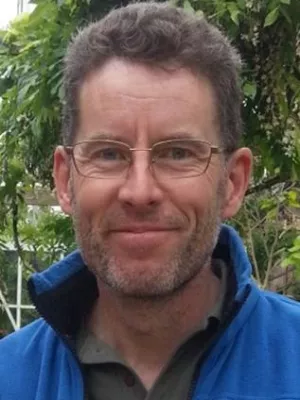The palaeolimnological record of regime shifts in lakes in response to climate change
Author
Summary, in English
Regime shifts in lake ecosystems can occur in response to both abrupt and continuous climate change, and the imprints they leave in palaeolimnological records allow us to investigate and better understand patterns and processes governing ecological changes on geological time scales. This thesis aims at investigating palaeolimnological records of regime shifts in lakes during the Holocene to explore how lake ecosystems responded to climate changes and anthropogenic activities and to identify thresholds or tipping points that produced regime shifts. The thesis includes case studies of two Swedish lakes and a synthesis of recently published palaeolimnological records displaying regime shifts. In the first case study a detailed diatom record from Lake Kälksjön, west-central Sweden, was investigated for periods of abrupt ecological change associated with the 8.2 ka cooling event. Using change-point analysis we found two regime shifts in the diatom record: one in response to an abrupt erosion event at c. 8040 cal. yr BP, and another caused by climate warming following the 8.2 ka event. The study demonstrates that not only can regime shifts be detected in sediment records, they can also be quantified and statistically tested for, provided that the sampling resolution is high and the chronological control sufficiently precise. The second case study is focused on recent regime shifts between clear-water and turbid states in Lake Krankesjön in southern Sweden. We combined palaeolimnological records and limnological monitoring data, concentrating on the documented collapse of the clear-water state in 1975 and the subsequent recovery in the late 1980s, in order to increase our understanding of changing ecological patterns and processes in shallow lakes. We found that the shift from clear to turbid conditions was abrupt, while the recovery of the clear-water state was more gradual, and the complex and non-linear reactions of the lake to shifting conditions emphasizes the importance of careful lake and catchment management if a stabilization of the clear-water state is desired. In addition to these studies, the theoretical concept of regime shifts is expanded upon in our synthesis of palaeolimnological records with regime shifts, where we characterize the shifts as either smooth, threshold-like or bistable. The examples are also placed within a conceptual model of potential physical processes that produce regime shifts in lakes and the main drivers behind the shifts are identified: direct climate influence on lakes, climate influence mediated through the catchment, lake ontogenetic processes and/or anthropogenic forcing. This framework helps to elucidate the relationship between driver and regime shift dynamics and the type of imprint that the associated regime shifts leave in sediment records.
When detected, past regime shifts and palaeolimnological records offer rich opportunities to increase the understanding of ecosystem responses to climate changes and to evaluate the mean state and natural variability of lake ecosystems on timescales of decades to millennia. Palaeolimnological archives provide a perspective on whether the pre-disturbance ”natural” state that may be the target of restoration efforts is actually natural, or if it is an anomaly in lake history, and if this target is at all possible to reach or if it, due to shifting baselines and lake ontogeny, is no longer a realistic restoration endpoint. Furthermore, I argue that linking the timescales of contemporary ecology with palaeoecology/limnology may provide long-term records of lake history and opportunities to further disentangle the role of different forcings on lake ecosystems. An improved understanding of lake ecosystem dynamics and regime shifts in lakes through the cooperation of limnologist/ecologists and palaeolimnologists may better prepare us to face future climate change and to fully understand and perhaps mitigate the effects of global climate change on lake ecosystems.



